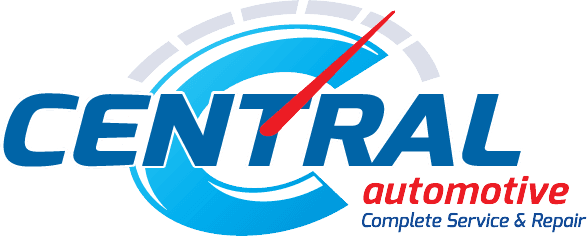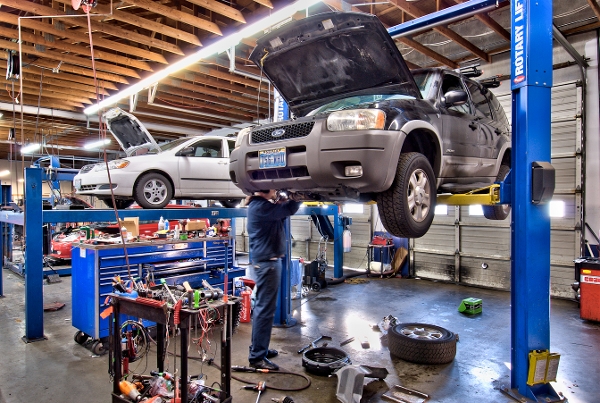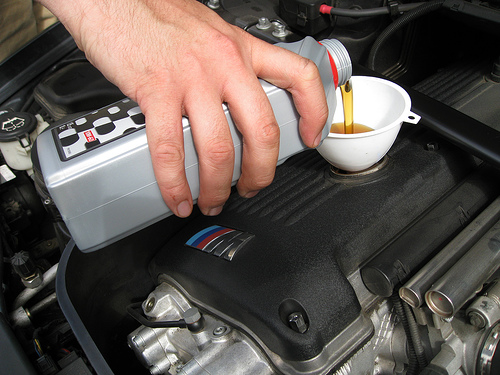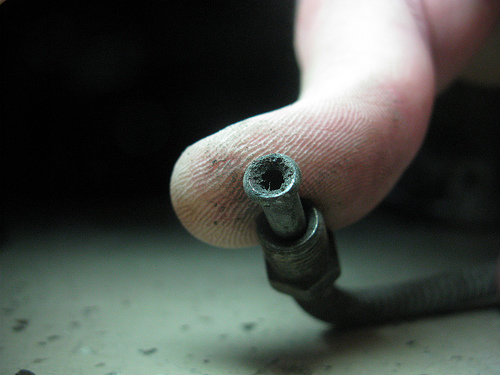A vehicle’s suspension system is tough. It can last for years and tens of thousands of miles for Kent auto owners. But it can be damaged quickly by hitting a pothole, curb or rock, and it can wear more quickly if you frequently drive off-road or on bumpy roads. A workhorse vehicle — one that hauls heavy loads — is also going to be hard on its suspension system.
Because the useful life of your suspension system contains these elements of unpredictability, it is important for Kent car owners to have them inspected periodically. Worn, broken and missing parts can be identified during an automotive analysis. An ineffective suspension system will curtail the driver’s control over a vehicle, so when it is damaged it frequently leads to the worst kind of vehicular damage — dangerous and costly accidents.
The suspension system is composed of springs and shock absorbers (or shocks). Springs suspend the weight of the vehicle above its axles. They allow the vehicle to “bounce” over bumps, which reduces the force of the impact on the vehicle. Shocks cut down the rebound of the “bounce,” smoothing out the ride of the vehicle. They also force the tires to retain constant contact with the road. Shocks are responsible for “handling performance,” or the ease with which the driver controls the vehicle.
The springs in the suspension system are heavy-duty and rarely break or wear out. Shock absorbers are tough, too, but they will wear out.
Your SUV might be equipped with struts. Struts are a combination spring and shock absorber. Struts, like shocks, have a limited life span.
Inspecting shocks or struts for damage and wear should be part of your preventive maintenance routine. Since a good suspension system is ultimately a key safety feature of your vehicle, it’s always better to be proactive about its care. In this case, good car care can prevent accidents.
There are some signs that will warn you that your suspension system may be in need of critical attention. One of the signs might be a cupped wear pattern on your tires. This is caused by the shocks bouncing unevenly. Other important signs of bad shocks manifest themselves in the handling performance of your vehicle. You may notice a drifting sensation when cornering, often referred to as a “floaty” feeling. If the front of your vehicle dips significantly when you brake or if it rocks back and forth after stopping, it’s time for new shocks. Your considerate Central Avenue Automotive tech will check your shocks visually. If they’re leaking, they need to be replaced.
Any of these symptoms warrants an automotive analysis of the suspension system. You should also get your suspension system inspected if you are involved in an accident involving one of your wheels. Kent motorists should never put off suspension repairs. If you actually experience suspension system failure, it can cause a serious accident. If one of your shocks needs to be replaced, then replace all four of them. This allows for even handling of the vehicle. Replacing just one of the shocks is rarely good auto advice.
When you replace your shocks or struts, use parts that are equivalent to or better than the original shocks on the SUV. The original equipment was designed for the weight and expected use of the vehicle, and Kent auto owners should never downgrade.
Upgrading, however, is another matter for Kent motorists. If your suspension system gets a workout or you just want to improve your SUV’s handling performance, then you should consider upgrading to a better shock. If you haul heavy loads around Kent or tow a trailer, then you should definitely reflect on getting heavy-duty shocks.
Most Kent motorists are not likely to show off their suspension system to anyone admiring their SUV, but it’s essential just the same. In the end, it’s something all of us Kent drivers can be dedicated to.












